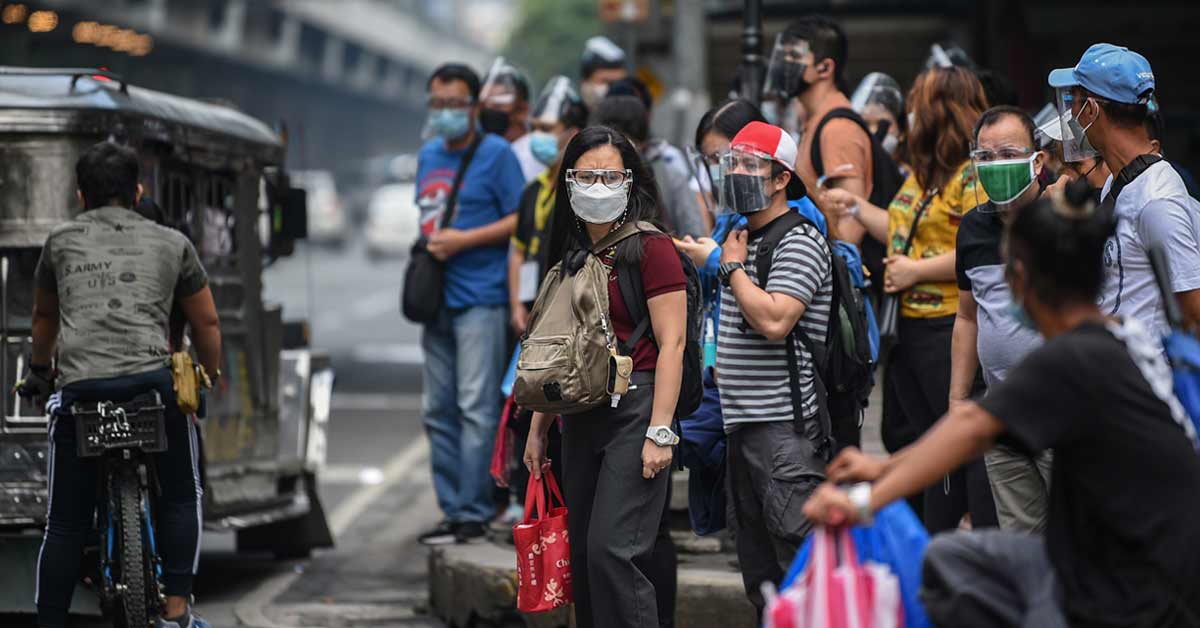Reports of COVID reinfection in the United Kingdom (UK) are growing, including people testing positive just weeks apart in December and January, or having had the virus three or even four times. Children are also being seen with reinfections.
We take a look at the science behind catching COVID multiple times.
What Is A Reinfection?
Reinfection figures tend to refer to the detection of a second, or subsequent, COVID infection, regardless of the variant involved. The risk of reinfection is likely to depend on a range of factors: for example, data suggests it is higher in unvaccinated people and potentially in those whose previous infection was milder with a lower immune response.
It also depends on the variant: one expert said the risk of reinfection with Omicron soon after a first Omicron infection would be lower than Delta followed by Omicron, and how long ago someone was vaccinated. Experts say the dose to which someone is exposed may also be important.
The UK Health Security Agency (UKHSA) uses the definition of a possible reinfection as a case 90 days or more after a previous confirmed COVID infection, in part because it excludes those who simply shed the virus for longer after infection.
How Many Reinfections Have There Been?
According to the latest figures for England from the UKHSA, from the start of the pandemic up to 9 January this year there were 425,890 possible reinfections, with 109,936 found in the week ending 9 January, accounting for almost 11 percent of all cases that week.
Very few possible reinfections are “confirmed” as that requires genetic sequencing. What’s more, with few people in the community having access to tests in the first wave, many first infections may not have been counted.
“With the combination of being two years into the pandemic, a few rounds of antibody waning, two major waves of immune evasion by Delta and then Omicron, there’s fairly rampant reinfection,” said Danny Altmann, a professor of immunology at Imperial College London.
Is It Easier To Be Reinfected With Some Variants?
In short, yes. According to scientists at Imperial College London, after taking into account a host of factors Omicron was associated with somewhere between a 4.38 and 6.63-fold higher risk of reinfection, compared with Delta.
The team add that this means protection against catching COVID arising from a previous infection within the past six months has fallen from about 85 percent before Omicron turned up to somewhere between 0 percent and 27 percent. The drop is not surprising given that Omicron has been found to have the ability to dodge the body’s immune responses to a significant degree.
Do Omicron Reinfections Happen In A Shorter Space Of Time?
Potentially, yes. UKHSA data shows that for cases with a specimen date between 1 November and 29 December, 2021 there were 2,855 probable reinfections 29 to 89 days after a previous infection – although some of these may reflect ongoing detection from an initial infection.
While the UKHSA notes it is difficult to directly compare the situation between variants – as there are many important changing factors at play, including overall levels of immunity in the population – Omicron’s immunity-dodging powers are likely to play a role in these reinfections.
It is not yet clear how well immune responses to Omicron protect against a second Omicron infection, or infections with new variants. “I would expect the risk of a second Omicron infection is a lot lower than the risk of Omicron following Delta after all you have developed antibodies to the actual Omicron spike protein,” said Paul Hunter, a professor in medicine at the University of East Anglia.
Why Has My Child Had COVID Twice This Winter?
That could well be due to different variants: according to data from the Office for National Statistics released in December, school-age children with COVID at that time were much less likely to have Omicron than COVID-positive adults. In other words, a previous recent infection could well have been Delta, while their latest is Omicron.
A UKHSA spokesperson said: “Data shows that those testing positive for coronavirus between 29 and 89 days of a prior infection accounts for a small proportion of all reinfections. Many of these shorter interval reinfections are likely to be school-age children because they had the highest levels of infection in September and October, just before Omicron emerged.”
Are Reinfections Milder?
That may seem logical given the body’s prior immune response, and Hunter notes data suggests the viral load in reinfections is lower than in primary infections, suggesting the disease may, in general, be less severe. However, the severity of a reinfection depends on many factors, including the variant involved and a person’s vaccination status.
Office for National Statistics (ONS) data suggests that when the Alpha variant became dominant, symptoms were less common for reinfections – but this reversed when Delta became dominant. When Omicron became dominant, data suggests people were just as likely to have COVID symptoms in their second infection as their first infection. “There’s no shortage of reinfections, some pretty severe, although not requiring hospitalisations,” said Altmann.
How Many Times Can People Get COVID?
Among those who have had COVID twice are the politicians Kier Starmer and Matt Hancock, while there have also been reports of people having a COVID infection three or even four times, some just a few weeks apart.
The UKHSA do not break down reinfections by episode, although they have identified some possible third reinfections. What is clear is that the longer COVID is with us, the more reinfections a person may potentially experience.
